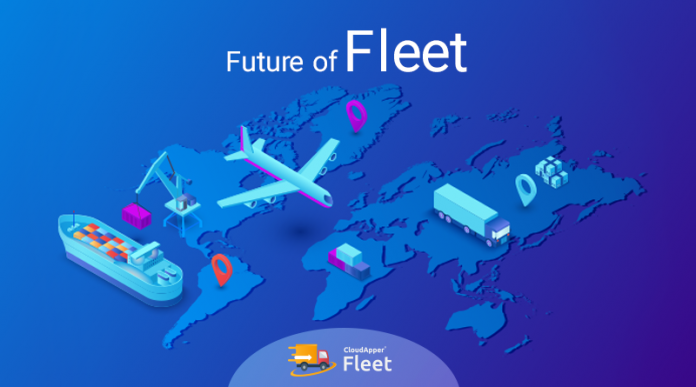Technology advances at a breakneck pace, and new inventions and advancements in older technology promise to be life-changing, handy, and accessible. However, both physical and digital technologies need time to develop, build and construct. That’s why we learn about new technology years before it’s available for purchase. However, it is not only technology trends and emerging technologies that are evolving; a lot more has changed this year due to the outbreak of COVID-19, making IT professionals realize that their role will not stay the same in the contactless world tomorrow. There is no doubt that 2022 will introduce a new technological shift. Fleet managers might see a lot of changes in this coming year.
Five early predictions of trends in 2022
Big Data and IoT
Predictive analytics will power new and developing use cases for the next generation of digital applications. The technology will become more pervasive and embedded, with predictive analytics capabilities seamlessly integrated into the systems and apps with which we interact. Instead of being reactive, management and maintenance systems will become predictive and preventative. Sensors in tires, for example, will forecast usage and wear with pinpoint precision, alerting maintenance before an issue arises and decreasing downtime. Real-time corresponding data appears to be on its way to supporting new flexible ownership arrangements. Shared applications enable fleet managers to easily lease out or share some of their cars.
Moreover, The growing Internet of Things (IoT) is connecting devices to various sensors, applications, and other IoT elements to automate business processes and support human efficiencies in business and the home. There will be more connection technologies in fleet services. The use of IoT-powered devices will increase. Video telematics, geo routing, and IoT-driven devices will continue to automate and revolutionize fleet industries.
MaaS ( Mobility-as-a-Service)
Mobility-as-a-service (MaaS) refers to digital systems that provide consumers with mobility as a service. It is frequently used to refer to a smartphone app that provides users with information, booking, and ticket purchase for a wide range of modes of transportation. MaaS not only provides easy-to-use platforms for customers to schedule rides 24 hours a day, seven days a week, but it also has the ability to drastically cut traffic congestion and CO2 emissions while boosting road safety. This tendency began some years ago and will continue to increase in 2022. It will be exciting to see what the future holds as the private and public sectors continue to work together with communities to advance the reach and effectiveness of MaaS to create a healthier, cleaner, more efficient, and more prosperous world for us all. CloudApper Fleet has integrated MaaS with its no-code mobile application for fleet solutions. The platform encourages more people to build their own customizable mobile applications for various other management complexities.
5G
5G is the next technology development that will emerge as a result of the Internet of Things. Whereas 3G and 4G technologies enabled us to access the internet, use data-driven services, enhance bandwidths for streaming on Spotify or YouTube, and do a variety of other things, 5G services are predicted to alter our lives. By allowing services that rely on modern technologies such as augmented reality and virtual reality, as well as cloud-based gaming services such as Google Stadia, NVidia GeForce Now, and others. We anticipate using it in factories, HD cameras that aid in traffic management and safety, smart grid control, and intelligent retail.
EV infrastructure
Electric vehicles are the way of the future, and automakers are adding more EVs to their lineups every year. Demand for EVs is expected to skyrocket as battery technology and charging facilities continue to improve. Electric vehicles may outsell diesel vehicles next year, owing to lower purchase prices and improvements in public charging infrastructure. Fleet operators must prepare for the appropriate number and kind of chargers on-site, if applicable, and devise a cost-effective EV charging strategy that avoids plug-ins during peak demand periods, when tariffs are most expensive.
We expect technologies to get more advanced in coming years. As a fleet service provider, you should take your next step as soon as today to ensure your smart presence in competitive market. Let’s start this year with a guide to CloudApper Fleet. Sign up for your free trial today.














I guess the future is already here. Good Article.